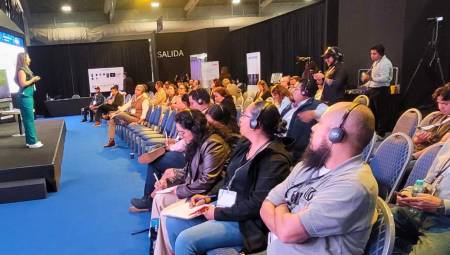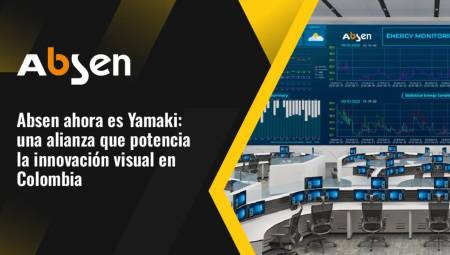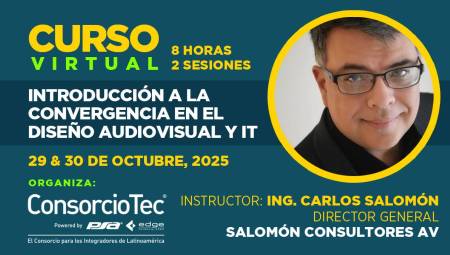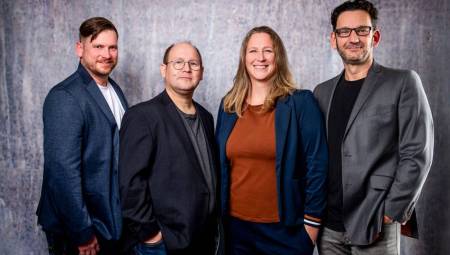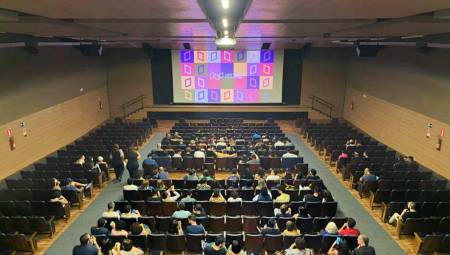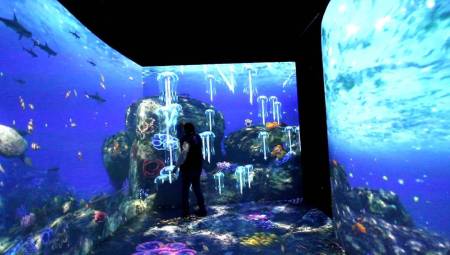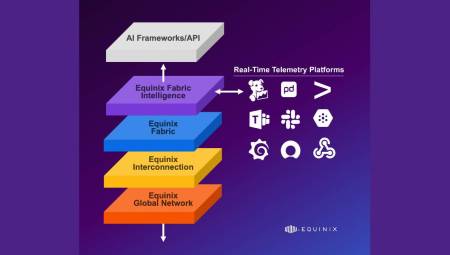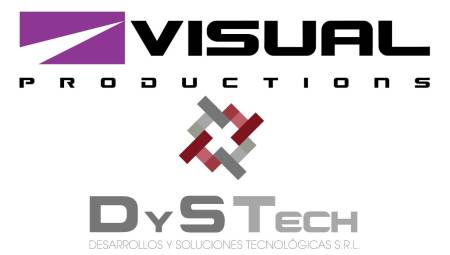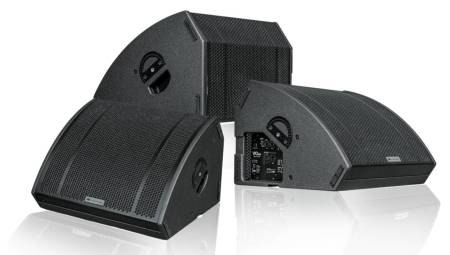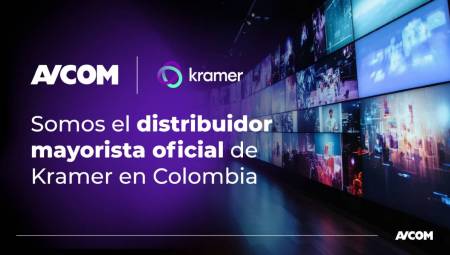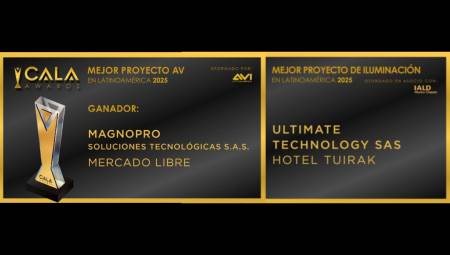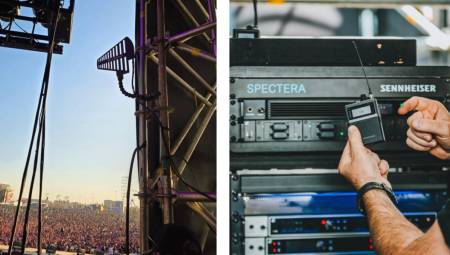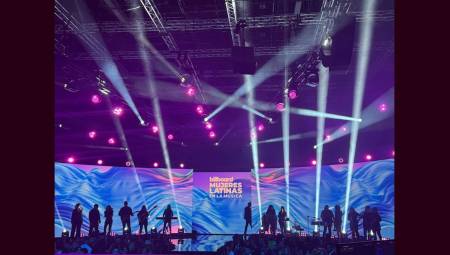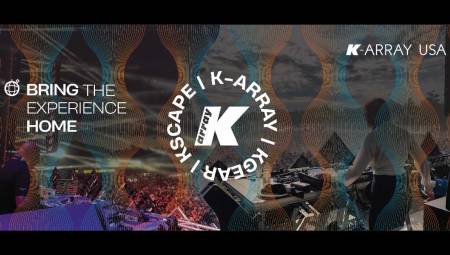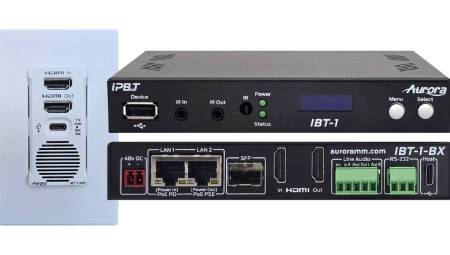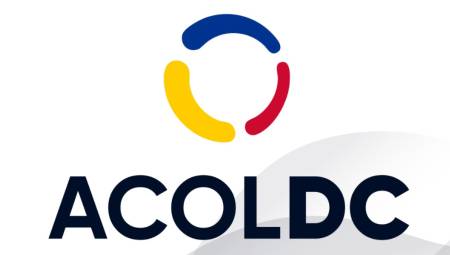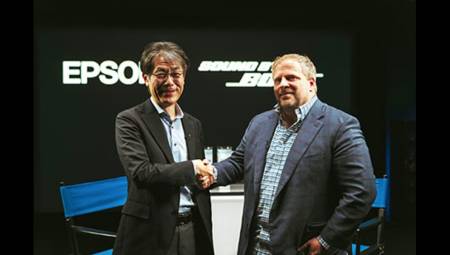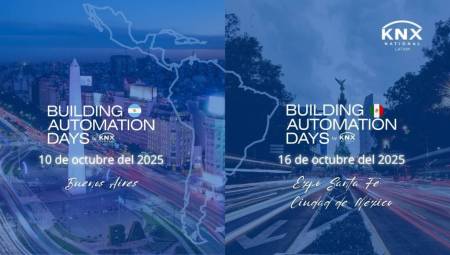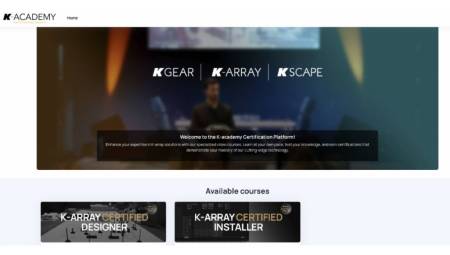 If it takes more than a second or two for something to happen, the perception is that the technology is very outdated and not really good. The promptness of the response is important.
If it takes more than a second or two for something to happen, the perception is that the technology is very outdated and not really good. The promptness of the response is important.
AVIXA
If you've witnessed the latest generation of toddlers of "innate digital nature" try to turn the pages of a print magazine or continually click on unresponsive video presentations, then you'll know why interaction will soon become a requirement for virtually all experience design.
Then keep that youthful curiosity in mind when you consider what that interaction should manifest and how it should do so. Forget about menus and option lists, even photos. Let's turn the interaction into a surprise party for your senses.
"Interaction is becoming more accessible in new ways," said David Title, director of contracting at Bravo Media. "We are beyond 'experience-based marketing.' As we watch the evolution of more and more ephemeral store experiences, brand activations, and generally off-home marketing, people are looking for a show that transcends the visual. There is now a real desire for authentic interaction and the ability to generate additional content from that experience."
It is possible to live that experience simply if you tour the Bravo Media studio in New York City. The elevator door opens and a full range of projected image renderings, interactive videos, glasses-free 3D and many other highly sensitive visual development projects spring into action before your eyes.
However, don't be discouraged by those who don't have that innate digital nature: in reality, Bravo Media was founded as a traditional print and mail store in 1997 by its current president, Tim Donovan. The type represents one of the best examples of those who "have modified the essence of their company" in the business, because now the place produces immersive images for major television networks, big brands and the digital projection system that is used every night on The Late Show with Stephen Colbert.
So, having observed the cycle from static to interactive in all its permutations, what do You Recommend Tim Donovan and David Title consider when designing for this new media level? Here are three points to remember:
Simplicity attracts: "It's more about remembering the fun of the 'big red button'. If a person is provided with a place where they can carry out a physical interaction and that generates a response that is interesting, that already transcends the impact of a simple visualization. It shouldn't be a complicated process."
Loosen your pace and control your latency: "When you touch something, the response should be immediate," Donovan said. "If it takes more than a second or two for something to happen, the perception is that the technology is very outdated and not really good. The promptness of the response is important."
Make it worthwhile: "A lot of times there's something like deceptive bait," Title observed. "It's like saying 'Come and live this really amazing experience!' However, the result is messages from trademark products. The business was not fair. I came and played, and my prize was a disappointment. But if you can really help someone create something great and make it easier to share that experience, and this includes a trademark element, that won't mean a problem."
































